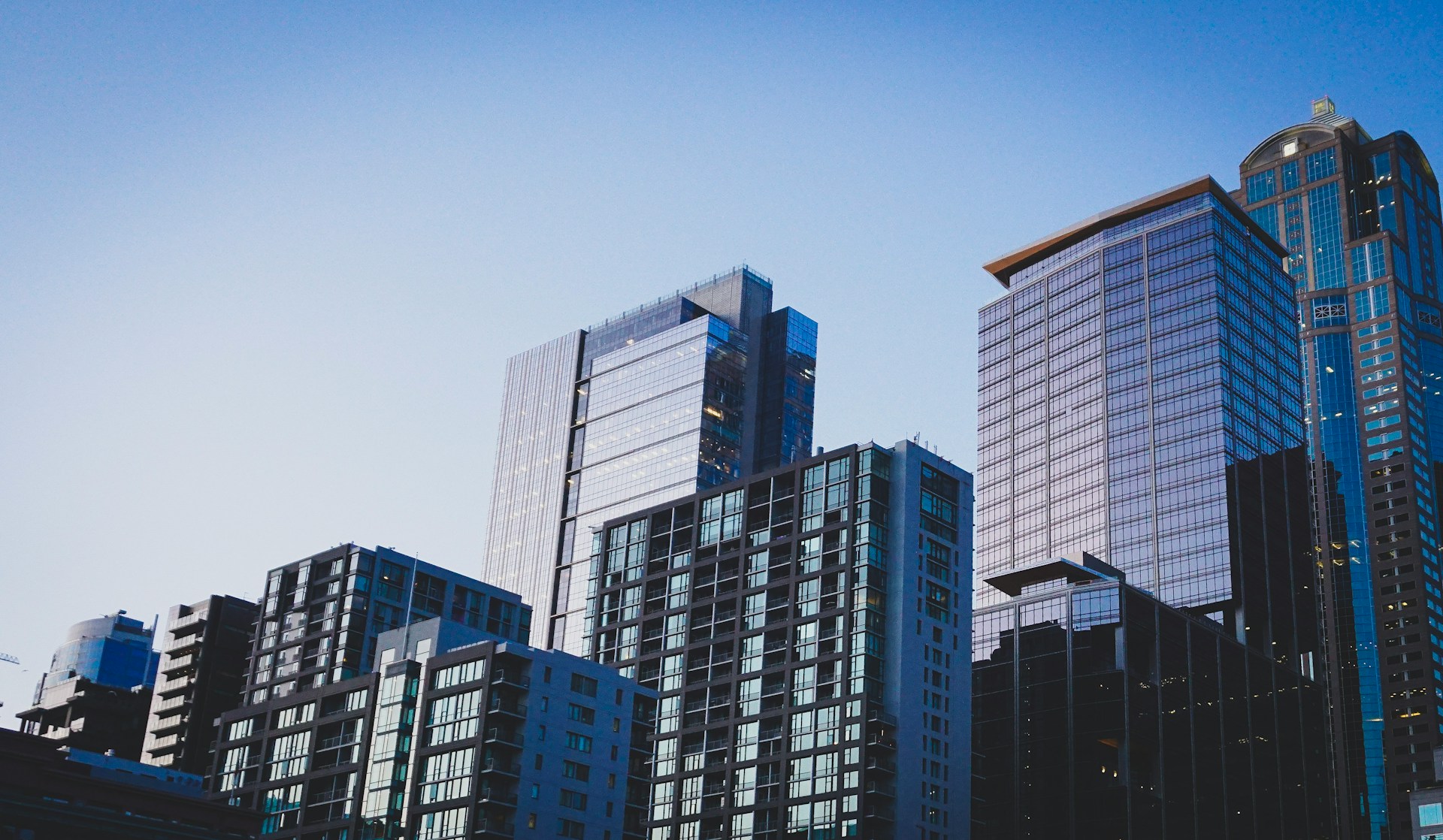How Can Real Estate Development Encourage Public Transit Usage?

In our dynamic urban landscapes, the interplay between real estate development and public transit enters a critical juncture. This relationship can influence a city’s character, its development, and the quality of life for its residents. The concept of Transit-Oriented Development (TOD) is increasingly becoming an integral part of urban planning, serving as a model for creating vibrant, sustainable, walkable communities. TOD is a development strategy that focuses on land use near public transportation facilities, like a rail station or a bus stop, emphasizing compact, mixed-use developments within walking distance. This article explores how real estate development can encourage public transit usage, a significant factor for sustainable urban living.
Making Public Transit More Appealing Through Strategic Development
Public transit, by definition, is a shared passenger transport service available to the public. It includes buses, trams, metros, and ferries. But how can the local real estate scene influence its usage?
Dans le meme genre : What Are the Ethical Considerations in Gentrifying Neighborhoods for Property Development?
The answer partly lies in the strategic placement of residential and commercial properties. By developing multi-use buildings near transit stations, people are more likely to utilize public transport for daily commuting or running errands. The convenience of having shops, offices, and homes clustered around transit stations reduces the need for private cars.
Furthermore, incorporating public amenities such as parks, bike lanes, and pedestrian-friendly sidewalks in the vicinity of transit stations can increase their appeal. These amenities provide recreational and practical benefits to residents, increasing the desirability of the area for potential buyers or tenants, and in turn, promoting the use of public transportation.
Avez-vous vu cela : What Are the Considerations for Developing Multi-Functional Spaces in Post-Pandemic Real Estate?
The Role of TOD in Encouraging Public Transit Use
The TOD model plays a pivotal role in promoting public transit usage. It combines the convenience of urban living with the benefits of a compact, walkable community. The model strategically places high-density developments near transit stations, creating an environment where residents, employees, and visitors can conveniently use public transport.
More than just a planning strategy, TOD can also drive economic development. By increasing the demand for properties near transit stations, it can increase property values and generate higher tax revenues for local governments. This, in turn, can fund further improvements in public transit infrastructure.
In addition, TOD can create vibrant urban communities. It encourages a mix of housing, office, retail, and other amenities, fostering a sense of community among residents. By reducing the need for private vehicles, TOD can also contribute to environmental sustainability by reducing greenhouse gas emissions.
Housing And The Accessibility to Public Transit
Over the past few years, the National Association of Realtors (NAR) reports show an increasing preference for homes located near public transit. Providing affordable housing in these areas can significantly boost transit ridership. This preference is particularly strong among millennials, who value the convenience, mobility, and sustainability that transit-rich neighborhoods provide.
By building more housing options near transit stations, developers can cater to this demand. They can offer a variety of housing types, from single-family homes to apartments, catering to different income levels and household sizes. The proximity of these housing options to transit can reduce commuting costs for households, further increasing the appeal of living in these areas.
Making Public Transit The Heart of Urban Development
The integration of public transit into urban development plans can shape our cities’ futures. Placing transit stations at the heart of urban development can transform them into bustling hubs of activity. This approach can enhance the convenience of accessing work, shopping, entertainment, and other amenities.
By offering retail and office spaces near transit, developers can attract businesses that value the increased foot traffic and accessibility that these locations provide. This, in turn, makes the area more appealing for potential residents, creating a virtuous cycle of development and transit use.
In all, the integration of real estate development and public transit can create cities that are more livable, sustainable, and economically vibrant. This synergy between property development and public transport planning can encourage more people to choose public transit for their daily commute, contributing to more environmentally-friendly and community-oriented urban living.
Implications of Real Estate Development on Public Transit: A Case Study of Hong Kong’s ‘Rail + Property’ Model
Hong Kong’s ‘Rail + Property’ model serves as an excellent case study to understand the relationship between real estate development and public transit usage. This model was developed as a response to the high land and construction costs in Hong Kong and the need for mass transit systems to service the city’s dense population.
The government of Hong Kong adopted a ‘Rail + Property’ model where the Mass Transit Railway (MTR) Corporation, the city’s primary public transport provider, finances new railway lines’ construction cost through real estate development. The MTR Corporation collaborates with real estate developers to create high-density, mixed-use developments around new rail transit stations.
In this model, the MTR Corporation acts as both a rail company and a property developer, gaining revenue from both the transit fares and property sales. It uses the profits from real estate to subsidize the cost of rail transit, which keeps the transit fares affordable and encourages public transit usage.
The ‘Rail + Property’ model has improved the accessibility of rail transit in Hong Kong, making it one of the most widely used forms of transportation in the city. According to a study, around 90% of daily trips in Hong Kong are made using public transportation, with a significant portion being rail transit.
Through this model, Hong Kong demonstrates how strategic real estate development can encourage public transit usage and create transit-oriented communities that are not only economically vibrant but also sustainable and livable.
Conclusion: The Future of Transit-Oriented Development in the United States
The potential for real estate development to encourage public transit usage is quite significant. As seen in the case of Hong Kong, strategic and well-planned real estate development can not only increase public transit ridership but also create economically vibrant, sustainable, and livable communities.
In the United States, with the right policies and planning tools, Transit-Oriented Development (TOD) can be leveraged to encourage public transit usage. This strategy involves creating high-density, mixed-use developments near transit stations, reducing the need for private vehicles and making public transit more convenient and accessible.
As urban areas continue to grow and evolve, it is essential to integrate public transit into urban development plans. By making public transit the heart of urban development, cities can enhance their residents’ quality of life, reduce greenhouse gas emissions, and promote sustainable urban living.
Going forward, the real estate industry, in collaboration with state and local governments, should prioritize TOD in their development plans. By integrating public transit into every aspect of urban planning, from housing to commercial properties, we can build cities of the future that meet the needs of all residents, promote sustainability, and enhance property values.
In conclusion, embracing real estate development strategies that encourage public transit usage can lead to the creation of more sustainable, accessible, and livable cities. With the right approach and commitment, such cities are not just possible, but within our reach.
